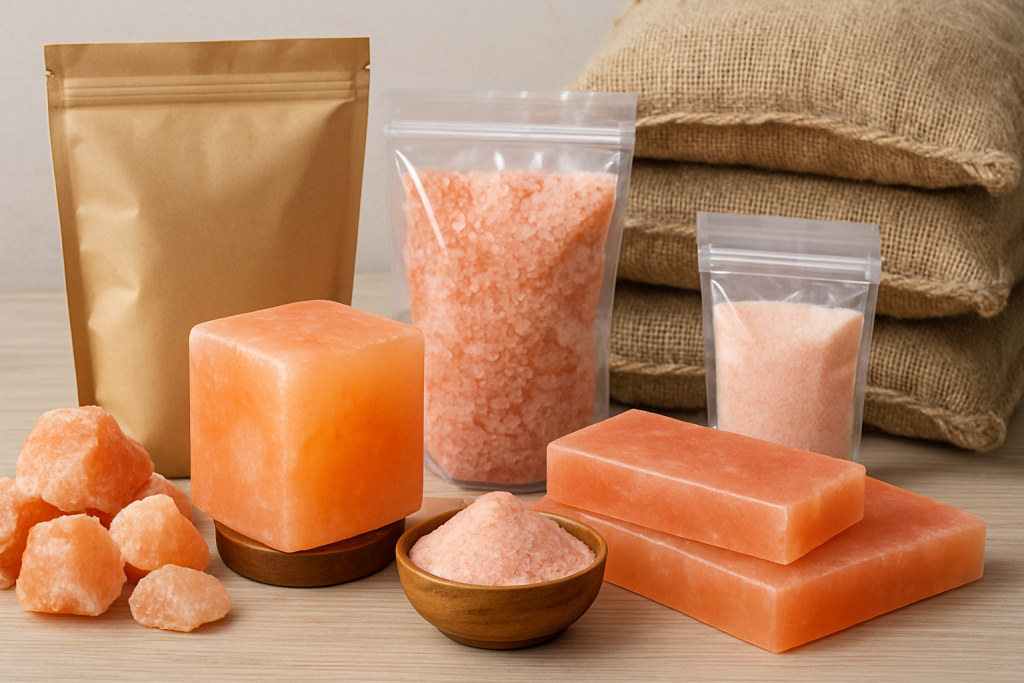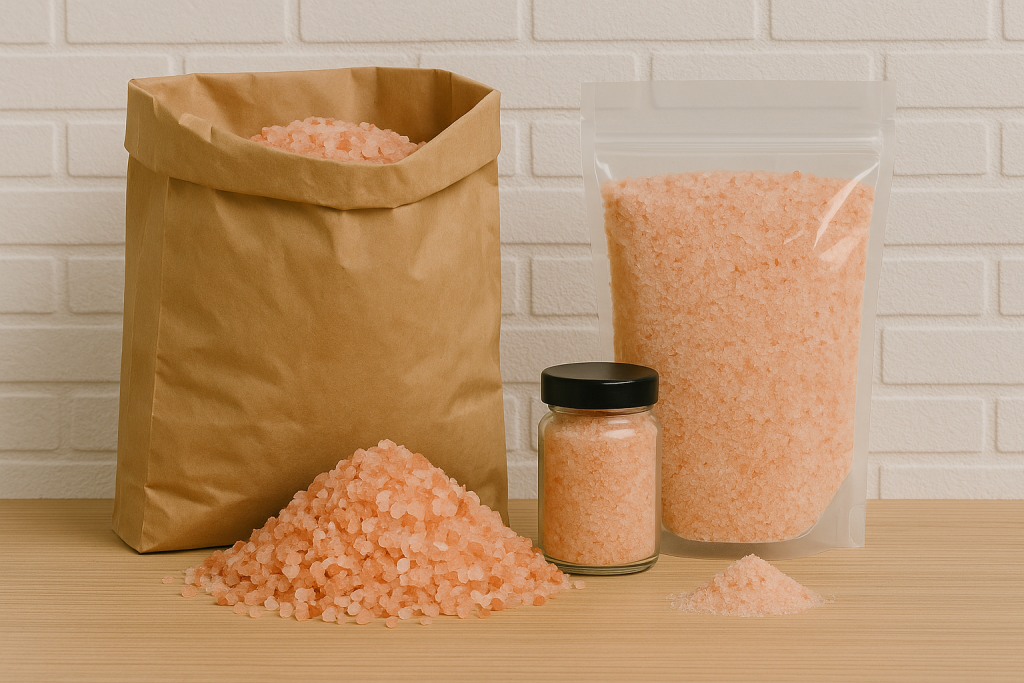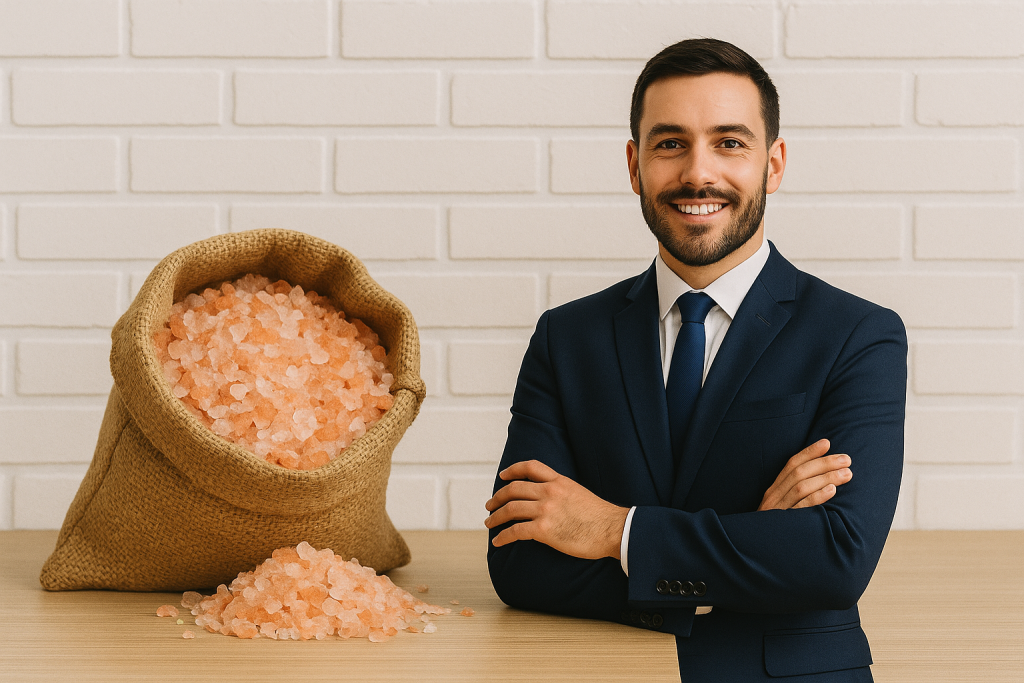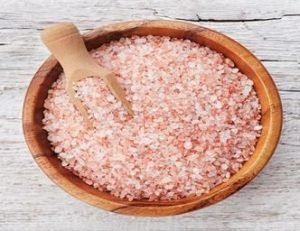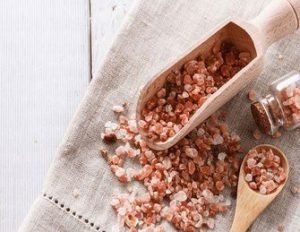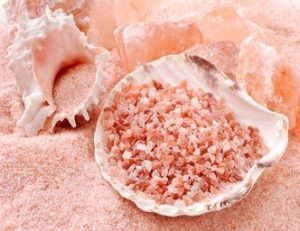Are you planning to import Himalayan pink salt for your business? Whether you’re a retailer, wholesaler, wellness brand, or interior designer, choosing the right supplier in Pakistan is critical for ensuring authenticity, quality, and smooth logistics.
With Pakistan being the only true source of Himalayan salt, particularly from the ancient Khewra Salt Mines, it’s important to know exactly what to look for before you import.
Here’s a complete guide to help you make an informed decision.
✅ 1. Check for Authentic Source – Khewra Salt Range
Make sure your supplier sources directly from the Khewra Salt Mines, the oldest and largest salt mine in Pakistan. This is the only location that provides 100% authentic Himalayan pink salt. Ask for source verification and details on their mining process.
Avoid suppliers that offer cheaper alternatives, as these may include artificial or mixed salts not from the true Himalayan range.
✅ 2. Evaluate Manufacturing and Processing Standards
Your supplier should have an in-house or closely managed processing unit to:
- Clean, crush, and grade salt under hygienic conditions
- Polish or carve products like lamps, bricks, and tiles
- Use food-grade handling for edible salt
Look for modern machinery, skilled labor, and quality control systems.
✅ 3. Review Certifications
To ensure safe, export-compliant products, your supplier should be certified by recognized authorities. Important certifications include:
- ISO 9001:2015 – Quality assurance
- HACCP – Food safety compliance
- Halal Certificate – For edible salt
- FDA Registered – For exports to the USA
- CE Certification – For electric products in the EU
These certifications ensure that the products meet international standards and your import won’t face delays at customs.
✅ 4. Packaging, Customization & Labeling
Ask if your supplier offers:
- Custom packaging options (retail-ready, bulk bags, gift boxes)
- Private label services for your brand
- Secure export packaging to avoid damage in transit
Proper packaging is essential—especially for salt lamps, bricks, and cooking slabs, which are fragile and heavy.
✅ 5. Shipping Experience & Export Capability
Make sure your supplier has export experience and understands international trade documentation such as:
- Proforma invoices
- Packing lists
- Certificates of origin
- Bill of lading or airway bills
- Export licenses (if applicable)
Also, ask about their preferred shipping methods (sea, air, courier), lead times, and whether they handle custom clearance.
✅ 6. Track Record & Customer Reviews
Check their history and reputation:
- How many years have they been in the Himalayan salt business?
- Do they have clients in your country or region?
- Can they share reviews, photos, or samples?
A reliable supplier will be transparent, responsive, and able to show previous export projects.
✅ 7. Pricing Transparency & Payment Terms
Compare prices, but don’t fall for the lowest quote without confirming:
- Quality standards
- Salt origin
- Freight costs
- Packaging
- Delivery timelines
Also confirm safe and verifiable payment methods, such as:
- Bank transfers (T/T)
- Letters of Credit (L/C)
- PayPal or secure gateways for samples
Final Thoughts
Importing Himalayan pink salt from Pakistan can be highly profitable—but only if you choose the right supplier who guarantees quality, transparency, and on-time delivery.
At Himalayan-pinksalt.com, we offer:
- Sourcing from Khewra Salt Mines
- In-house manufacturing with ISO & HACCP certification
- Customized export packaging
- All required export documentation
- Friendly communication & global shipping
Ready to import Himalayan salt safely and confidently?
Contact us today for a free consultation or sample request.

